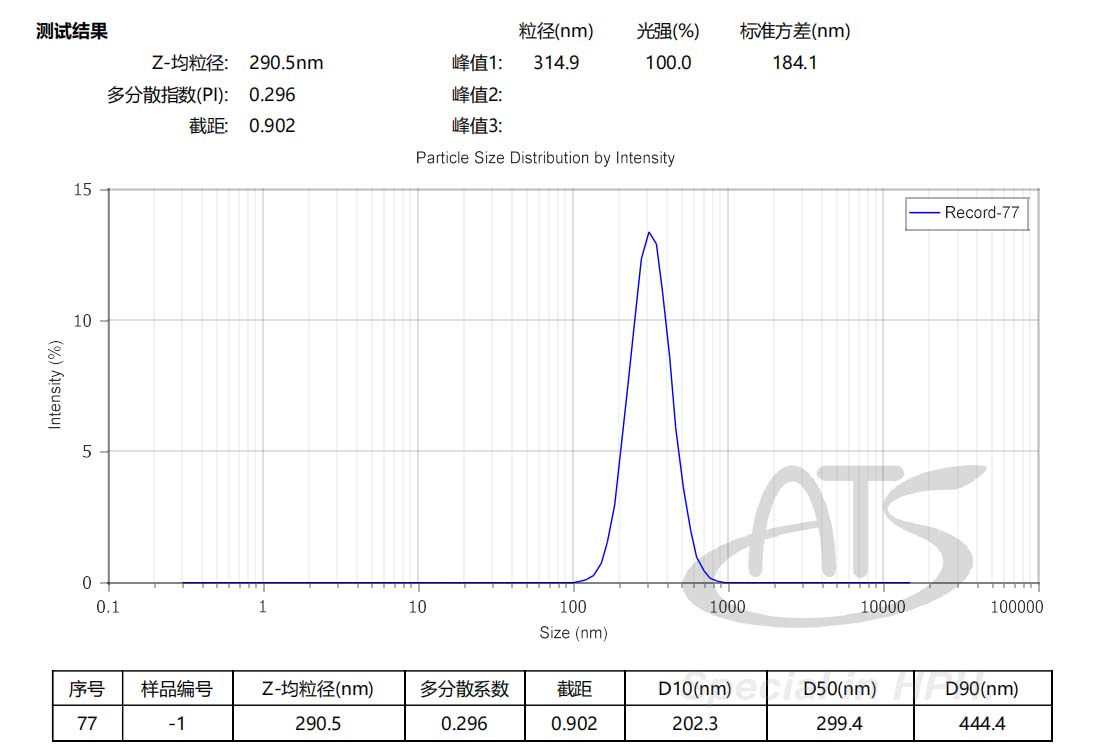Industry background
In order to deal with the problem of global warming and environmental pollution, various countries and regions have put forward emission reduction targets. The technical bottleneck of the fuel cell industry in some developed countries in the world has been broken through, and it will usher in a period of high-speed growth. It is expected that by 2026, the global fuel cell market will exceed $11 billion. Proton exchange membrane cell (PEMFC) has become one of the mainstream technologies in global fuel cell application and promotion due to its advantages of higher energy density, lower operating temperature and short start-up time. This type of fuel cell relies on a special polymer film coated with a highly dispersed catalyst slurry, a process known as CCM. The catalyst of PEMFC generally uses carbon-supported precious metal Pt as the main component, which can ensure the catalytic efficiency and ensure the smooth flow of gas in the catalytic layer.
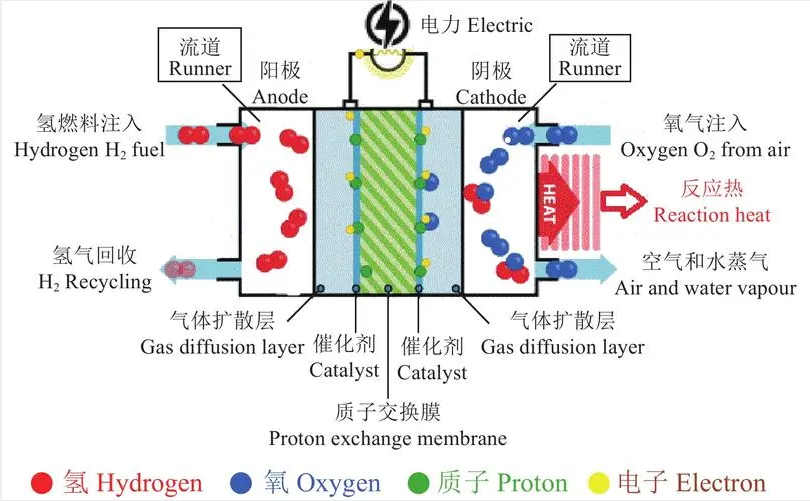
Source network
solution
◼ experimental subjects
Platinum-carbon catalyst slurry with high platinum load
◼ Experimental equipment
![]()
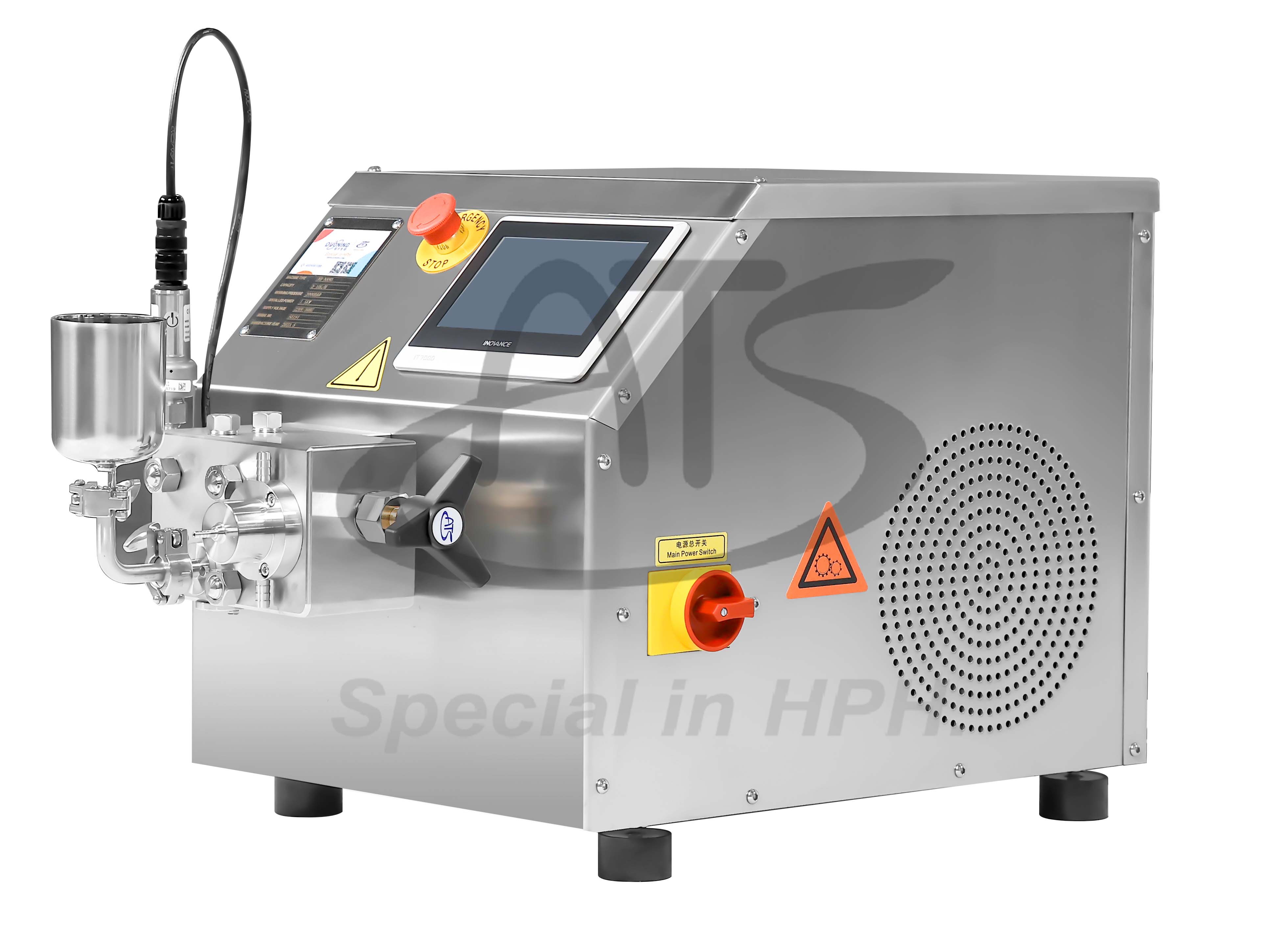
◼ experimental technology
Disperse twice under high pressure and low temperature
◼ experimental results
Compared with the appearance of the PTC slurry before and after the experiment, it can be seen that
the precipitation of the slurry after dispersion is greatly reduced.
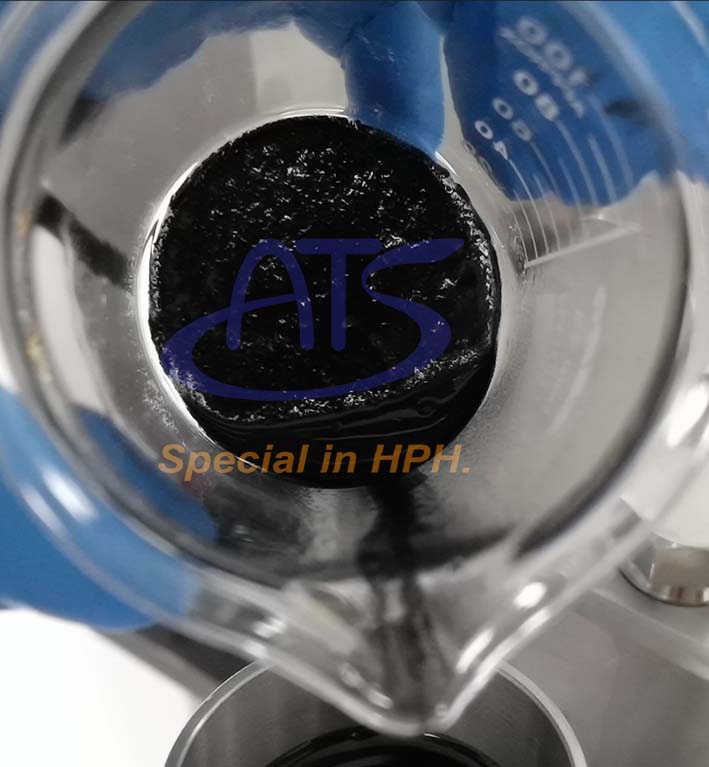
Disperse before
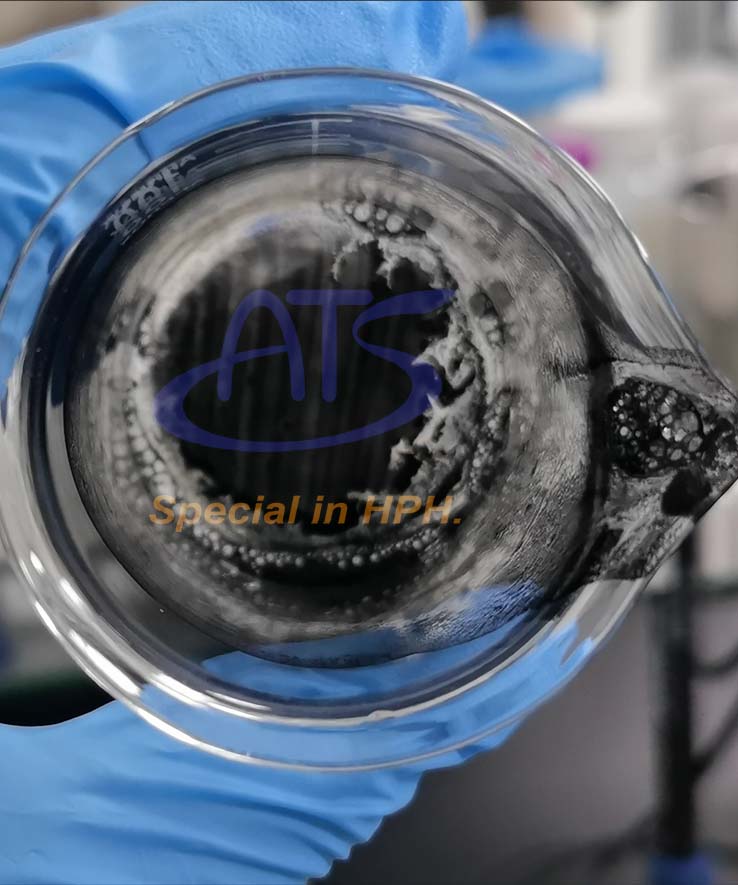
Disperse after
The particle size of the dispersed slurry was detected by laser particle size analyzer, and the particle size distribution was between 202.3nm-444.4nm, with an average particle size of 290.5nm.
